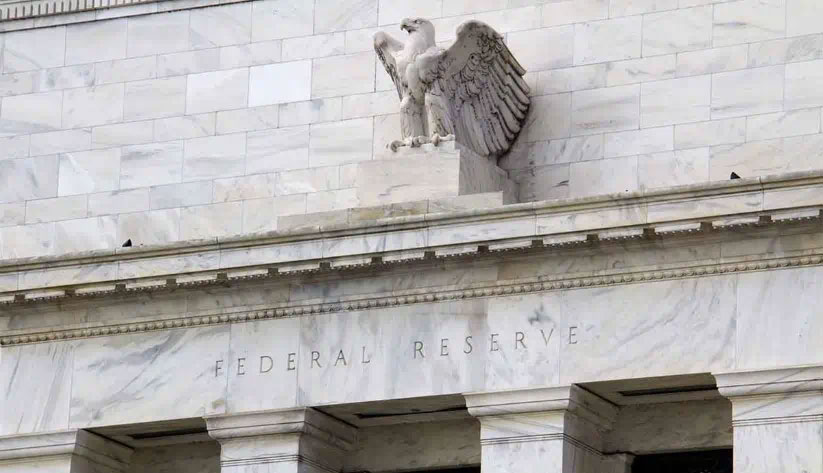The U.S. Federal Reserve kept rates steady at today’s policy meeting, as expected. But the committee’s updated economic projections signaled risks of another hike as soon as July.
What happened?
The U.S. Federal Reserve maintained the target range for the policy at 5.00% – 5.25% today, as expected, but revised upward its forecast for the rest of this year. It now expects two more rate hikes from current levels, versus zero previously.
The policy statement contained minimal changes to the key wording, which continues to signal that the committee will “closely monitor incoming information.” However, the updated Summary of Economic Projections (SEP) showed that the committee is thinking in a more hawkish direction. This year’s GDP growth forecast was revised upward, while the expected unemployment rate was revised down. Crucially, the forecasted inflation rate was revised higher as well.
Together, these updated projections imply stronger growth and higher inflation than previously expected. They suggest that the Fed believes policy is not yet sufficiently restrictive, though it has tightened substantially in the last two years. The SEP’s median forecast for the policy rate this year increased as a result, showing one more rate hike as the base case.
In his press conference, Chair Powell emphasized that the Fed remains committed to decreasing inflation to the 2% target. He said that the July meeting will be “live,” signaling a strong possibility of another rate hike. Incoming U.S. inflation data will be the key criteria determining that decision. Powell particularly focused on core services excluding housing, which continues to run at a too-high level.
U.S. economy steady but slowing
The Fed is likely to remain somewhat hawkish from here mainly because the incoming data have been broadly strong since the last Fed meeting. The labor market added 339,000 jobs in May, beating consensus expectations for the 14th consecutive month. Real GDP growth is tracking more than 2% for the second quarter, which would be a healthy rebound after 1.3% in the first quarter.
That said, some cracks are emerging. Jobless claims have started to tick up, while the average number of hours worked in the private sector slid to a three-year low. Surveys of manufacturing sentiment remain deeply in contractionary territory, while the services sector barely clings to expansion.
Inflation has remained hot. Although measures of housing prices have moderated further from their peaks around six months ago, they are still running high. Other core services data also sit far above target, and have not moderated much from the peak.
Altogether, the economic outlook continues to call for a further growth slowdown later this year. Inflation is proving somewhat sticky, and the labor market remains strong overall. But the Fed is responding with even more rate hikes. At the end of the day, slower growth is required to bring inflation down, and the Fed is determined to achieve that.
What’s going to work for investors?
With the Fed inching closer to the end of its rate hikes and the economic backdrop remaining uncertain, volatility will likely remain high. We continue to expect Treasury yields to moderate over the course of this year and expect the curve to become less inverted.
We continue to favor an up-in-quality bias within fixed income sectors, where the risk-reward balance is most appealing. Some areas of the preferred and CMBS markets, which have weakened so far this year, are becoming attractive. Some areas of high yield municipals are attractive as well.
In equities, we believe investors should remain cautious. We favor defensive positioning, with an emphasis on infrastructure and dividend growth stocks. Both sectors tend to perform well during economic slowdowns and should be well insulated from persistent inflation.
In private capital markets, we prefer allocating to income-producing asset classes with the potential for downside protection. In particular, we see compelling opportunities in select areas of private credit and private real estate.















